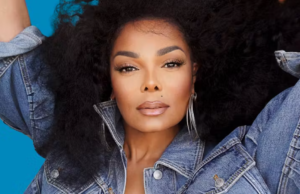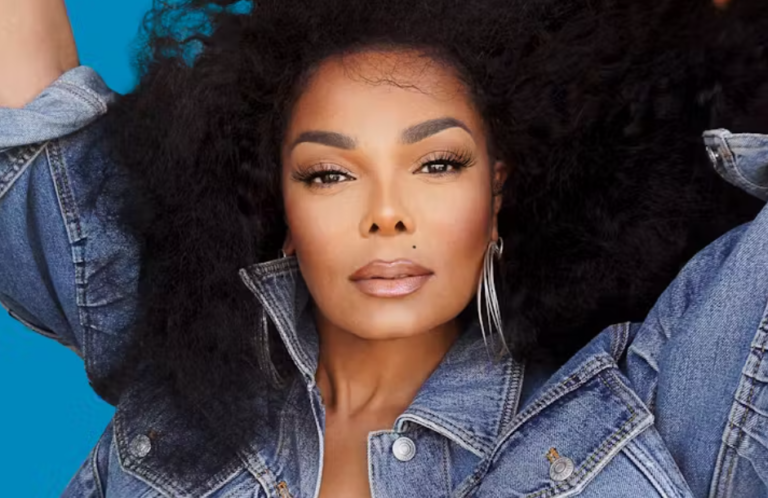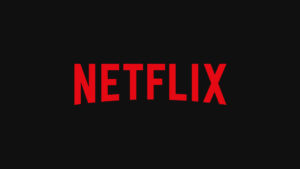The Walt Disney Studios, a name synonymous with childhood wonder and timeless storytelling, has cast a magical spell on audiences worldwide for over a century. From the humble beginnings of a mischievous mouse to the expansive universe of superheroes, the studio’s journey is a testament to innovation, unwavering dedication to quality entertainment, and the enduring power of imagination. This article delves into the rich history, iconic productions, and lasting influence of this entertainment powerhouse.

A Spark of Animation: From Mickey Mouse to Snow White (1923-1940)
The Walt Disney Studios’ story begins in 1923, nestled in the heart of Hollywood, California. Brothers Walt and Roy Disney, fueled by a shared passion for animation, established “Disney Brothers Cartoon Studio.” Their early ventures featured Oswald the Lucky Rabbit, but a contractual dispute led to the birth of an even more iconic character – Mickey Mouse.
Mickey’s debut in 1928 with “Steamboat Willie” was a watershed moment. This first fully synchronized sound cartoon revolutionized animation. The short film’s success catapulted Disney into the spotlight, paving the way for a golden age of animation. Beloved characters like Donald Duck, Goofy, and Pluto joined Mickey, captivating audiences with their slapstick humor and endearing personalities.
However, Disney’s ambition didn’t stop at short films. In 1937, the studio embarked on a groundbreaking project: “Snow White and the Seven Dwarfs.” This first full-length cel-animated film was a monumental achievement, requiring years of meticulous planning and animation techniques that pushed boundaries. The film’s critical and commercial success cemented Disney’s reputation for creating visually stunning and emotionally resonant stories.

A Symphony of Tales: Expanding Horizons Beyond Animation (1940-1980s)
The success of Snow White solidified Disney’s position as a major player in the film industry. Throughout the 40s and 50s, the studio continued to churn out iconic animated features. Pinocchio (1940) explored themes of honesty and conscience, while Fantasia (1940) offered a groundbreaking visual and auditory experience through classical music masterpieces. Bambi (1942) tugged at heartstrings with its depiction of loss and nature, and Cinderella (1950) offered a timeless escape into a world of dreams and magic.
Beyond animation, Disney ventured into live-action films with Mary Poppins (1964), a fantastical musical that resonated with audiences of all ages. This period also marked the creation of Disneyland in 1955, a theme park that brought Disney stories to life and further solidified the brand as a multifaceted entertainment giant.
The passing of Walt Disney in 1966 ushered in a period of transition. The studio continued producing animated classics like The Jungle Book (1967) and The Little Mermaid (1989), but also diversified its live-action offerings. Films like The Parent Trap (1961) and Herbie (1968) showcased a focus on family-friendly entertainment, catering to a broader audience.
Acquisitions and the Rise of a Media Behemoth (1990s-Present)
The 1990s witnessed a period of significant transformation for Disney. Recognizing the potential of computer animation, the studio spearheaded the creation of Toy Story (1995), ushering in a new era in animation technology. This groundbreaking film, featuring a cast of lovable toys come to life, pushed the boundaries of storytelling and visual effects.

Disney also embarked on a strategic acquisition spree, expanding its reach and influence. Touchstone Pictures and Miramax Films joined the fold, allowing for more mature content. Films like Beauty and the Beast (1991), The Lion King (1994), and Good Will Hunting (1997) showcased the studio’s ability to cater to diverse audience demographics.
The turn of the millennium arrived with the Disney Renaissance, a period marked by critically acclaimed animated features like Mulan (1998), Tarzan (1999), and Lilo & Stitch (2002). These films demonstrated the studio’s continued commitment to high-quality animation, weaving tales that resonated with both children and adults.
However, Disney’s ambition stretched beyond animation. Acquisitions like Pixar Animation Studios (2006) brought animation powerhouses like Buzz Lightyear and Nemo into the fold. Marvel Entertainment (2009) introduced the vast interconnected universe of superheroes, leading to the phenomenal success of the Marvel Cinematic Universe (MCU). The acquisition of Lucasfilm in 2012 revived the beloved Star Wars saga, while 21st Century Fox in 2019 brought iconic franchises like X-Men and Avatar under the Disney umbrella.
Today, the Walt Disney Studios stands as a global entertainment behemoth. It encompasses a vast portfolio of studios, from the legacy of Walt Disney Animation Studios and Pixar to the action-packed adventures of Marvel Studios and the space operas of Lucasfilm. Its influence extends beyond film production, encompassing theme parks and resorts, consumer products, streaming services like Disney+, and more.
A Legacy of Innovation and Storytelling
The Walt Disney Studios’ legacy is one of unwavering commitment to quality and innovation. It has consistently pushed the boundaries of animation technology, from the hand-drawn artistry of classic films to the cutting-edge CGI of modern productions. Storytelling remains at the core of the studio’s identity, crafting narratives that capture hearts, ignite imaginations, and resonate across generations.
Diversification and Reaching New Audiences
Disney’s strategic acquisitions have allowed it to diversify its content and cater to a broader range of viewers. From superhero blockbusters to critically acclaimed dramas, the studio offers a vast catalog to explore. This diversification ensures the enduring appeal of the Disney brand, attracting new generations of fans while staying relevant to existing audiences.
The Future of Storytelling
As technology continues to evolve, the Walt Disney Studios shows no signs of slowing down. With the rise of streaming services, the studio is embracing new avenues for storytelling. Disney+ showcases original series, live-action remakes of beloved classics, and behind-the-scenes documentaries, offering a deeper dive into the magical world of Disney.
Challenges and Considerations
Despite its immense success, the Walt Disney Studios also faces challenges. Balancing creative freedom with commercial viability is an ongoing struggle. Additionally, the studio must navigate a complex cultural landscape, ensuring its stories are inclusive and reflect the diversity of its audience.
Conclusion: A Tapestry of Dreams Sewn for Generations
The Walt Disney Studios’ journey is an inspiring testament to the power of imagination and storytelling. Over a century, it has woven a tapestry of dreams that continues to captivate audiences of all ages. From the iconic characters etched in our childhood memories to the groundbreaking narratives that continue to push boundaries, Disney’s legacy is one of innovation, entertainment, and the enduring power of a single spark of creativity that ignited a global empire of wonder.










[…] Disney‘s annual shareholders meeting fell short of expectations in terms of fireworks. Nelson Peltz gave a brief remark before being abruptly cut off for exceeding his permitted time. Disney then declared that its shareholders had remained faithful to CEO Bob Iger, ending the story of “the distracting proxy contest,” as Iger referred to it in a news release. With an overwhelming 94 percent of the vote, Disney’s board nominees defeated Peltz and his friend, former Disney CFO Jay Rasulo. Farewell to the alleged $40 million that Disney poured on a case that turned out to be somewhat anti-climatic, but perhaps it was worth it. […]